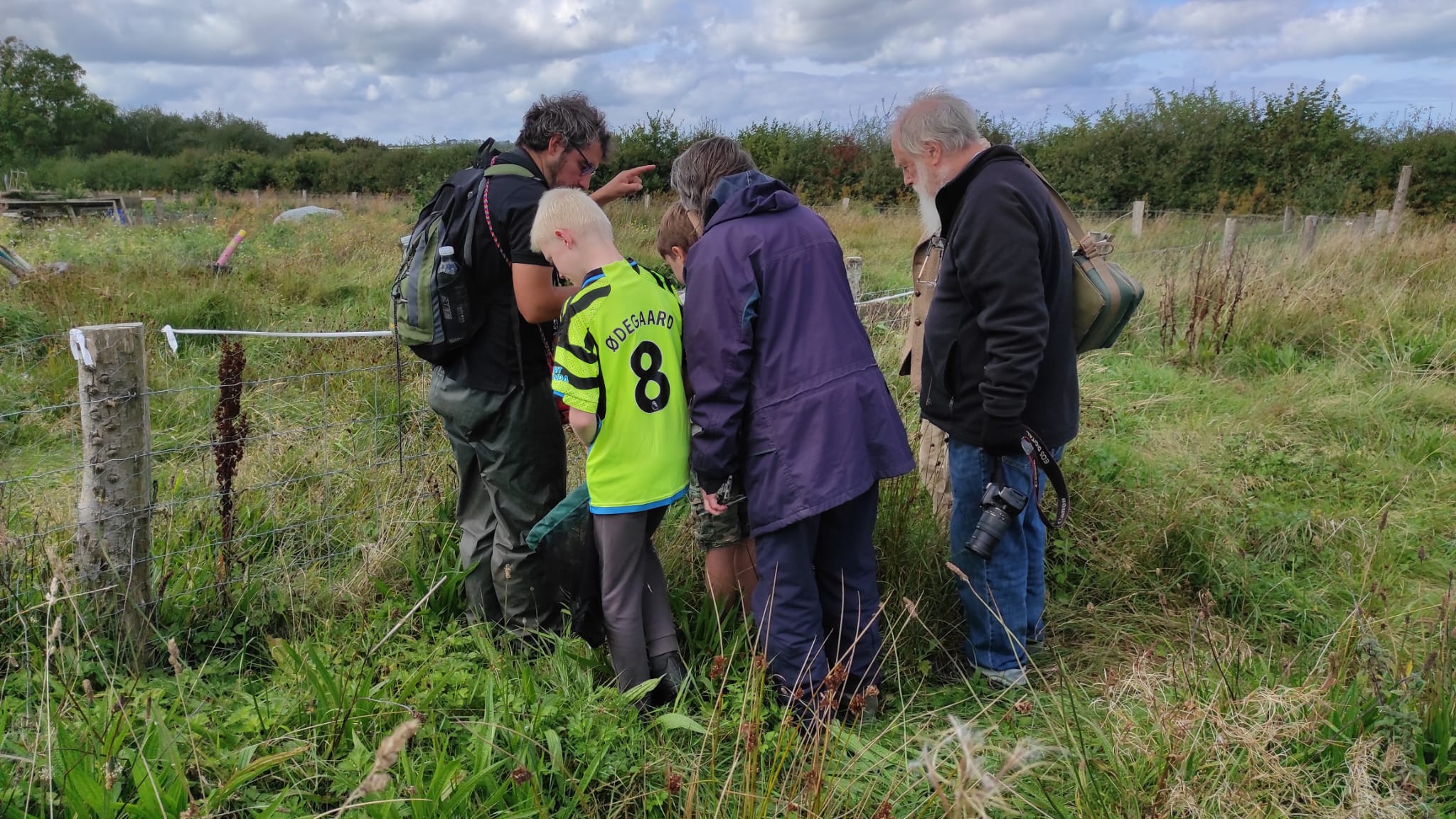Maybe because of the relatively low number of guests, the workshop at Cilgerran Village Hall felt really productive and engaged, and covered a lot of ground, explaining the ideas behind the community space in a wildlife forest garden that is the Hope Garden.
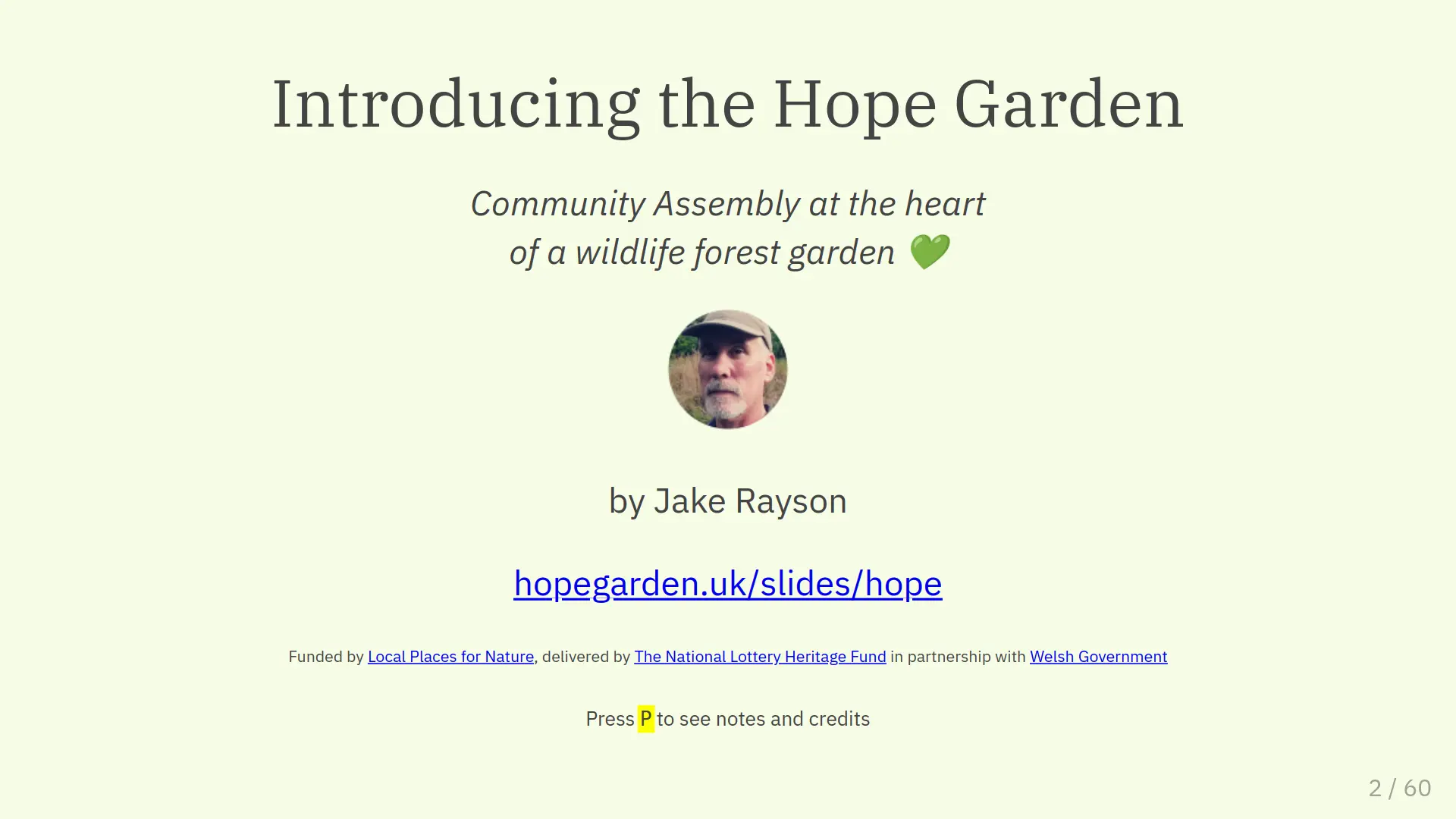
The slides are online, the workshop went well and the sandwiches were magnificent
The slides are available forever-ish here hopegarden.uk/slides/intro
The workshop was in 4 parts.
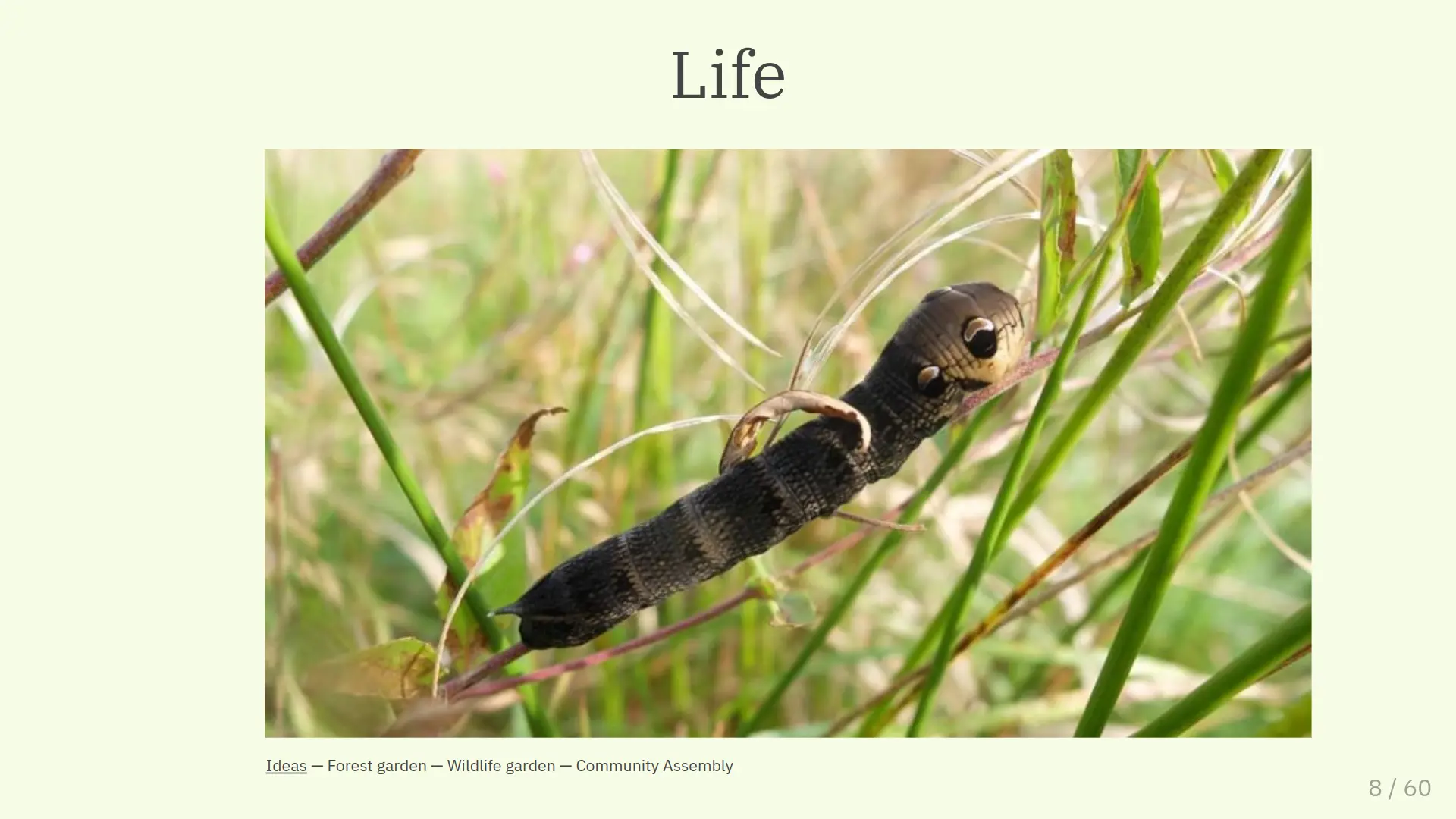
Life is the key idea behind the Hope Garden
1. The ideas
We are in a nature and climate emergency, and humans need to live in balance with nature, of which we are a part. How do we do that? How can we illuminate that path of balance? What changes do we need in how we make decisions? Originally, the Hope Garden was going to be a show garden at RHS Hampton Court, and event-within-an-event. It was decided that valuable experience and lessons could be learned from a real, living garden, benefitting real, living wildlife and people.
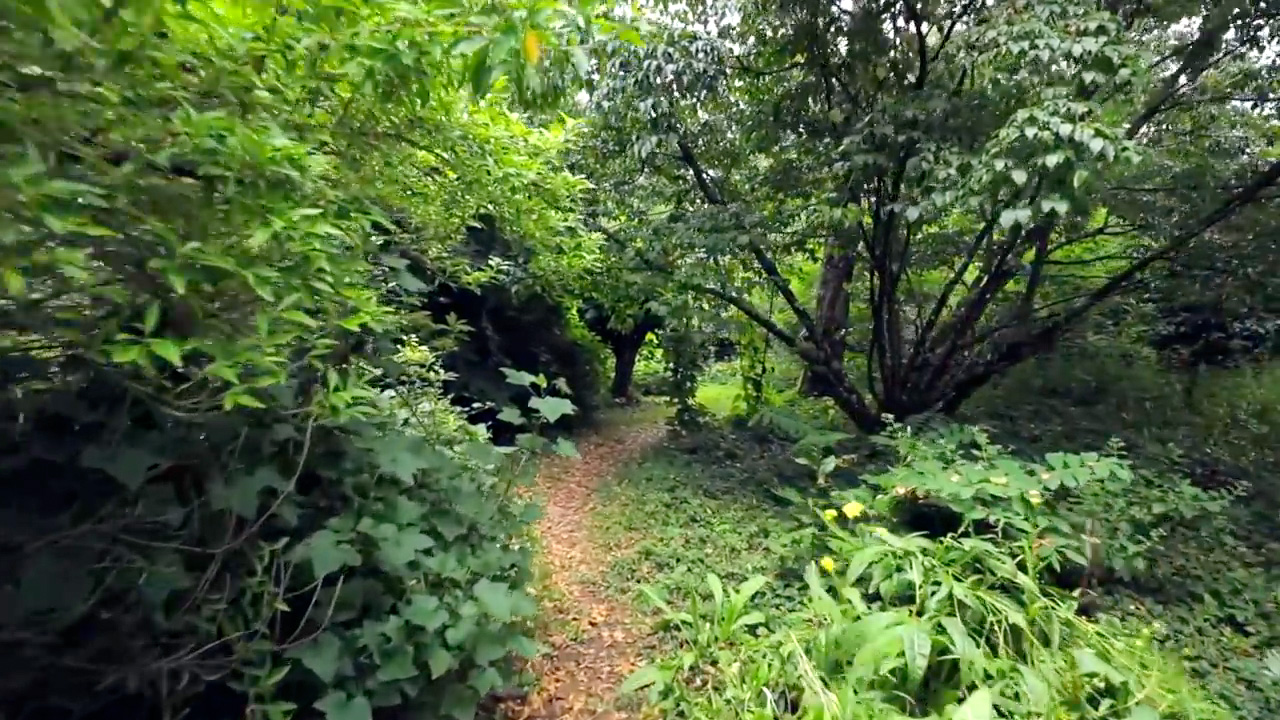
Martin Crawford’s forest garden in Devon
2. What is a forest garden?
The simplest definition is a growing edible crops in a wildlife garden. It’s essentially an edible ecosystem, a low-input garden that balances within itself the necessary nutrients and pest control. It’s characterised by perennial plants in different layers and permanent ground cover.
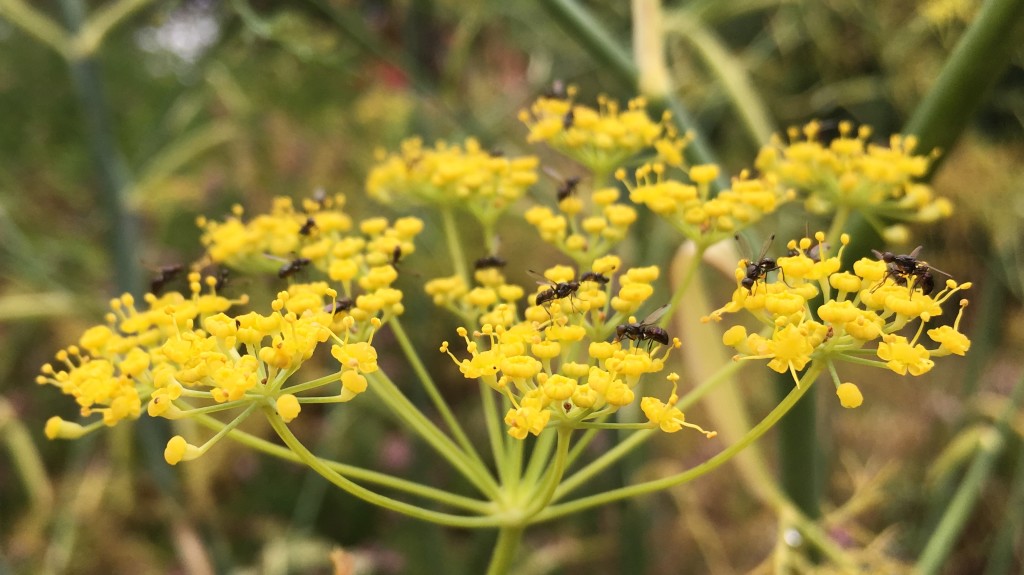
Native plants for pollinators and as a food plant for larvae
3. What makes a wildlife garden?
For my money, it’s native plants where possible and structural habitat for wildlife. The reason to grow native plants is because they have co-evolved with wildlife and form the foodstuff of invertebrates and the foundation of ecosystems.
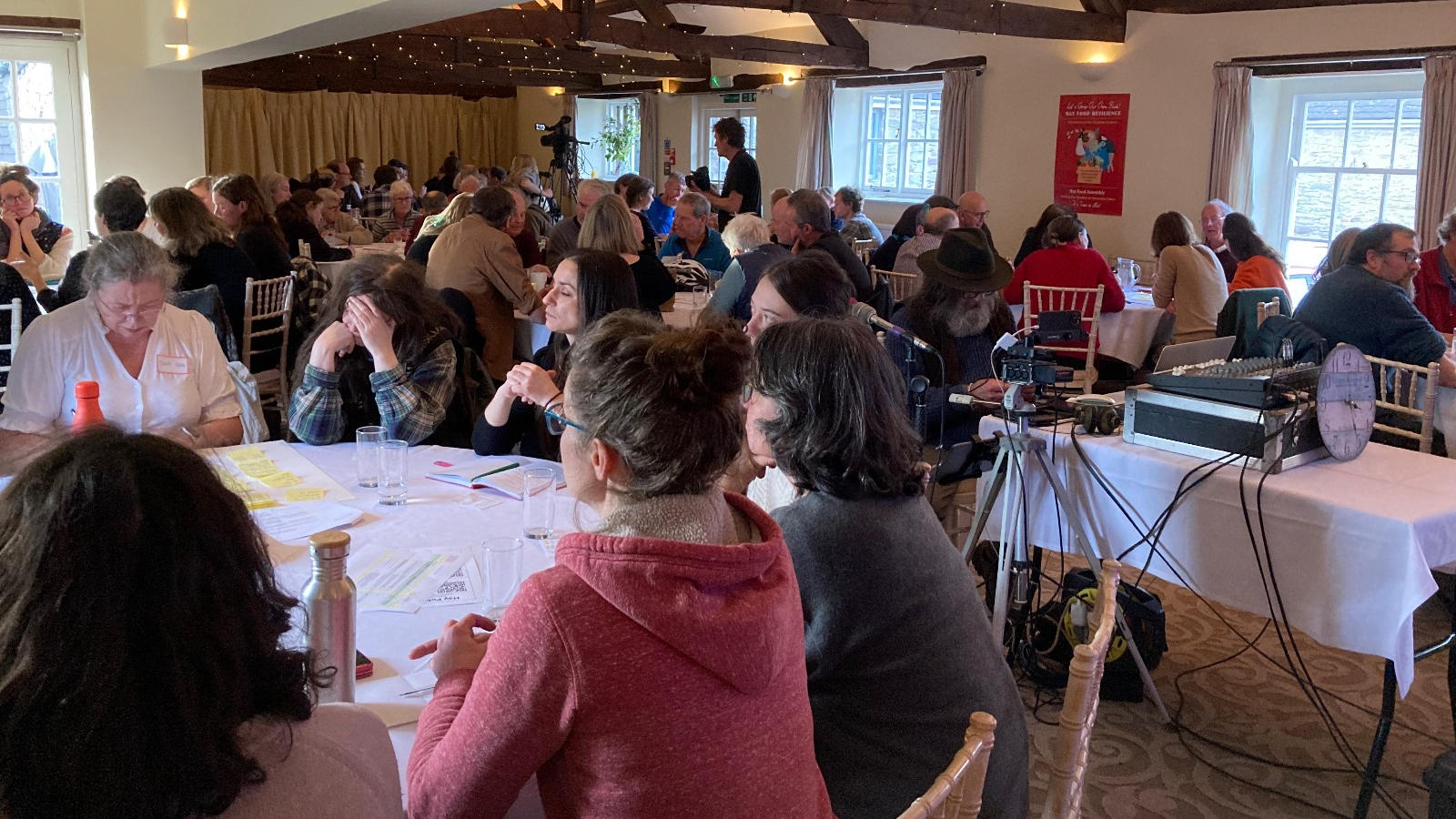
A Community Assembly in full swing, direct democracy in action
4. Why Community Assemblies?
Many people say there is a democratic deficit in this country. Decisions are made with a bias towards established economic interests rather than with the participation of citizens. What if economic decision were democratic? What if more direct demcracy was embedded within our culture? Would it alter our approach to the nature and climate emergency?
At the national level, Citizens Assemblies have a proven track record of delivering on difficult decisions (can you imagine a permanent Citizens Assembly as the Upper House in the UK?!).
At a local level, Community Assemblies are an inclusive and open framework for decision making on specific issues. They are based on 3 pillars:
- Radical inclusivity
- Active listening
- Trust the process
If there’s any demand, I might do a livestream of the workshop. Email me hello@hopegarden.uk if interested!
Wildlife ID
In the afternoon, we moved from the village hall to the Hope Garden site, where ecologist Yusef Samari from WWBIC conducted a wildlife ID workshop. What was really noticeable were the Elephant Hawkmoth caterpillars by the Square-stalked Willowherb, and the preponderance of insects around the compound flowers of Fleabane and Marsh Ragwort.
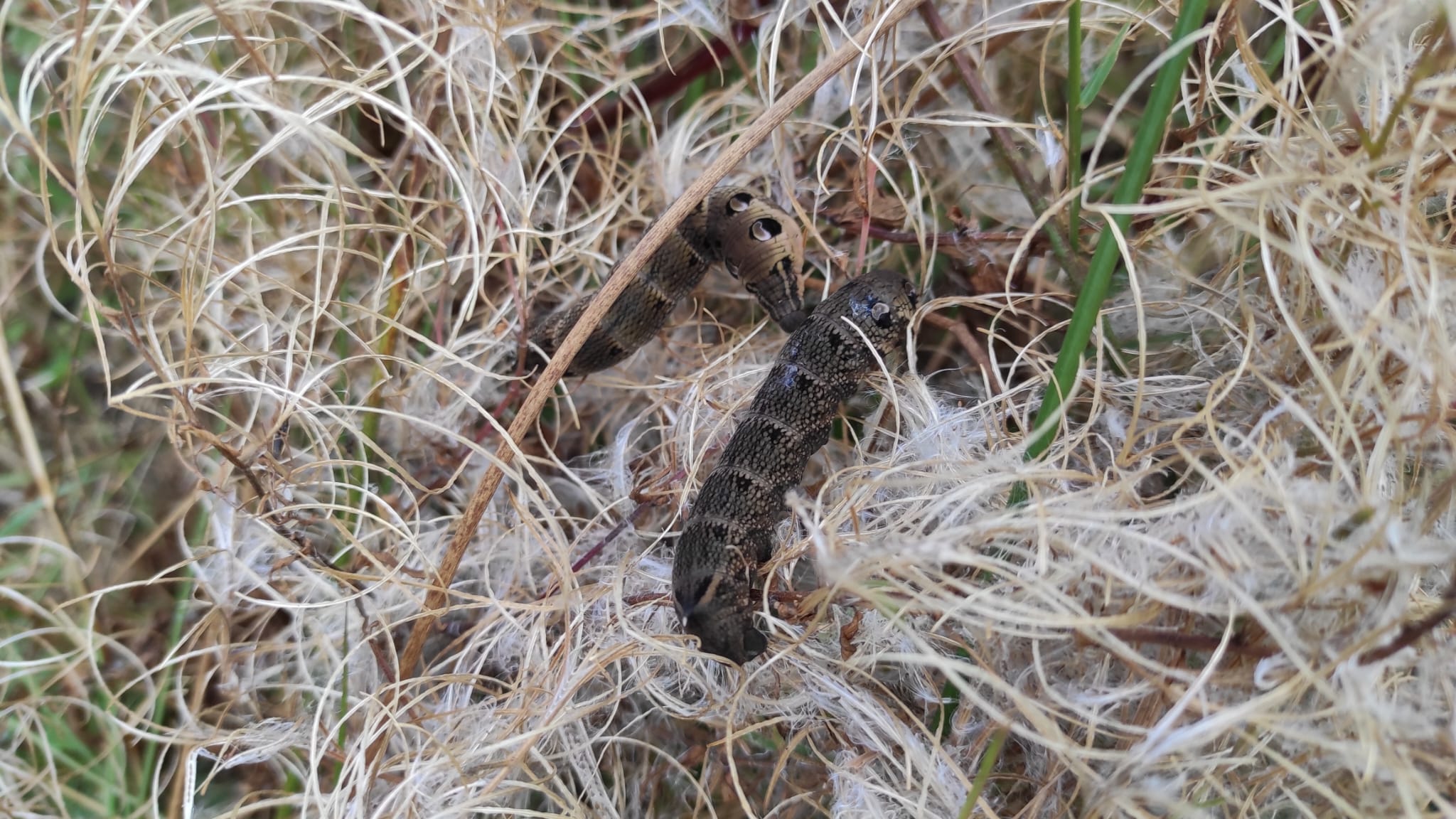
Elephant Hawkmoth caterpillars on the seed heads of Square-stalked Willowherb
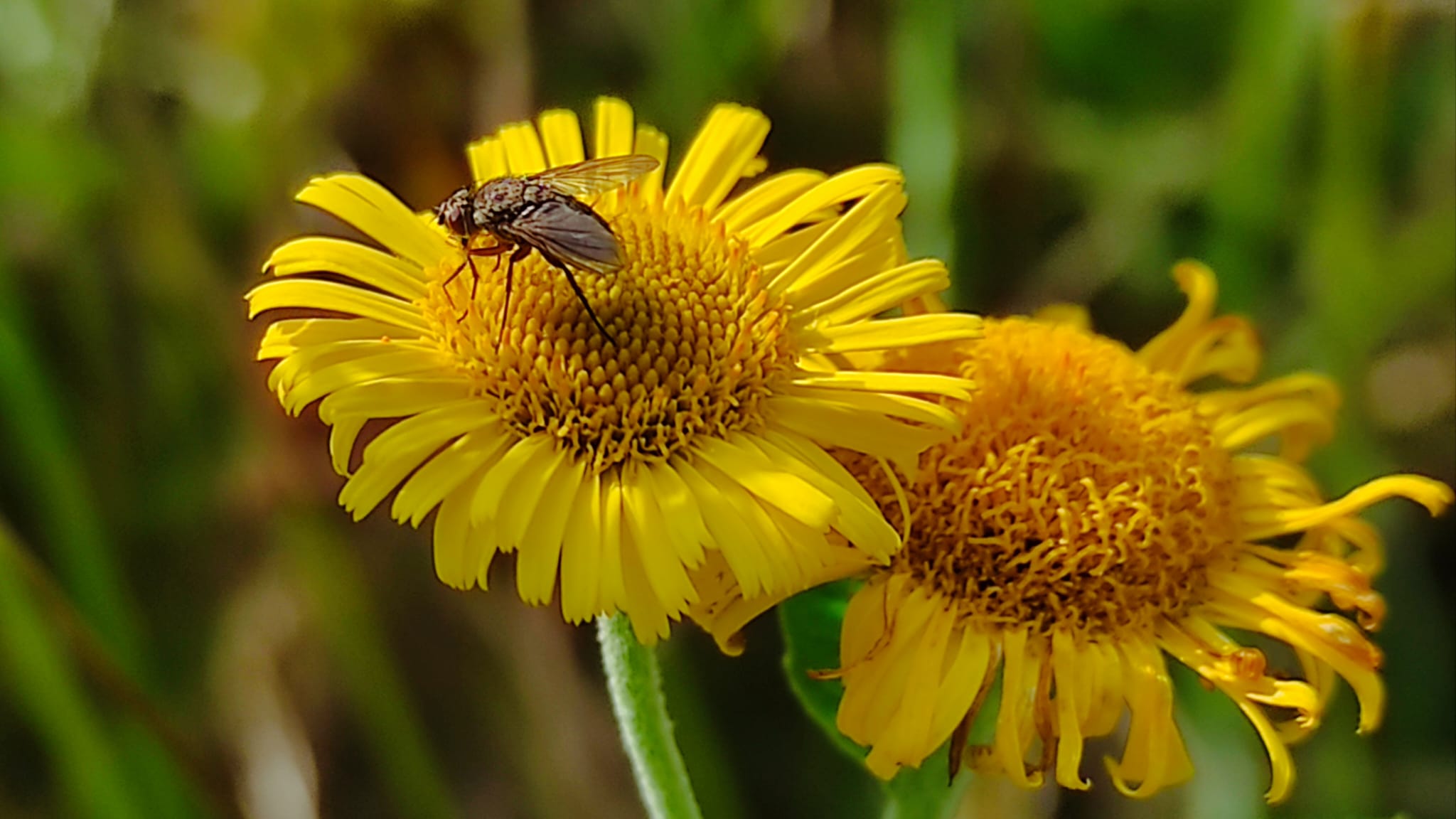
Fly on the compound flower of Fleabane, a member of the daisy family
It was such a lovely way to spend the afternoon, educational yet also relaxed, paying close attention to what could be lurking right beneath your feet.
What was also fascinating was the research that Yusef passed on about the wildlife observations in the area. He had completed an ecological survey of the site (you can download a copy of the PDF from our Plant Species page), and then passed on information about the observations within a kilometre of the garden. 2,282 species, of which 256 are protected and/or priority.
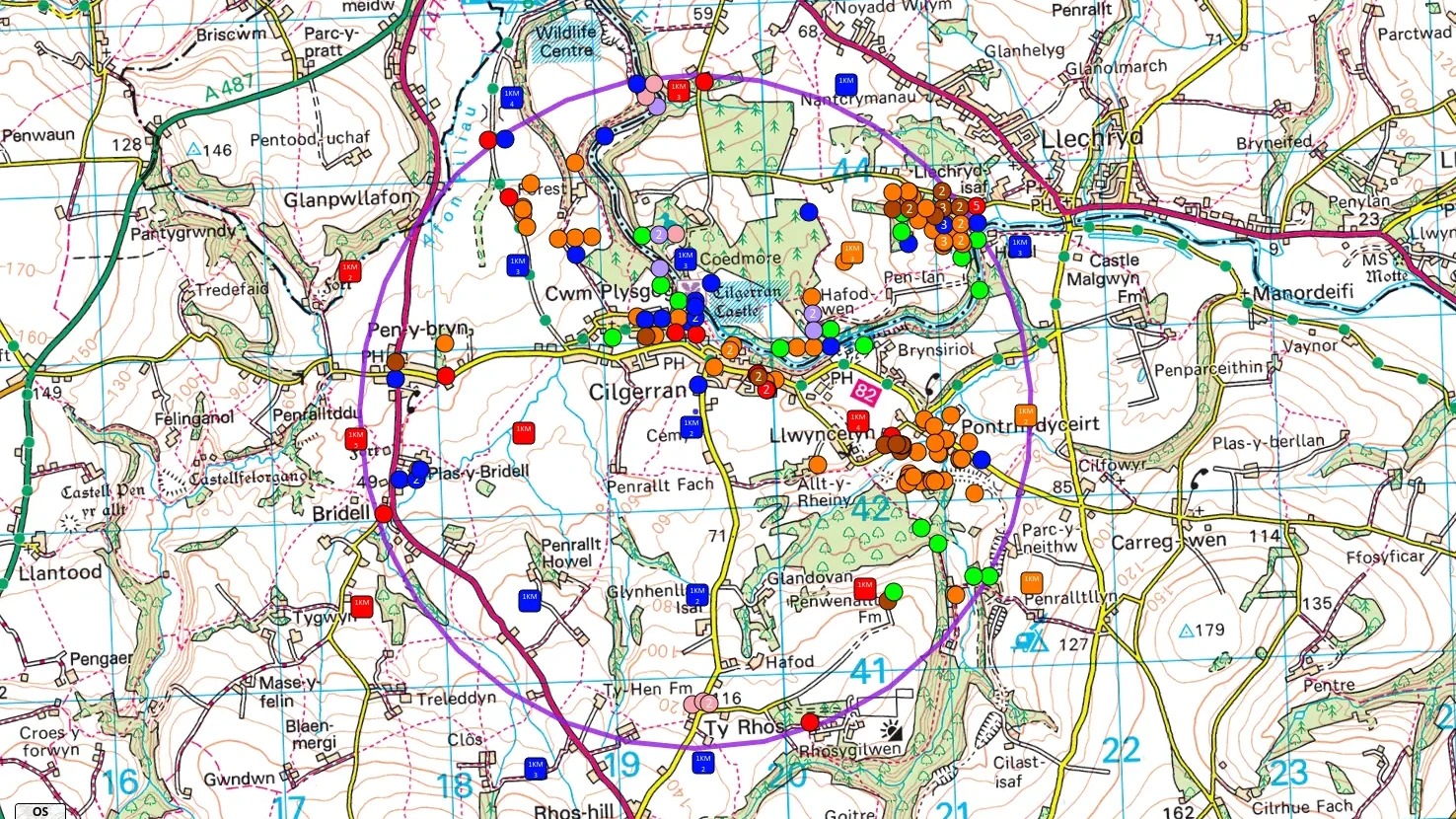
The species distribution map around the Hope Garden & Cilgerran
This will really inform the garden design process, because when you know the name of the species that you’re designing for, you can choose the plants that they eat and the habitat they require. Exciting times.
